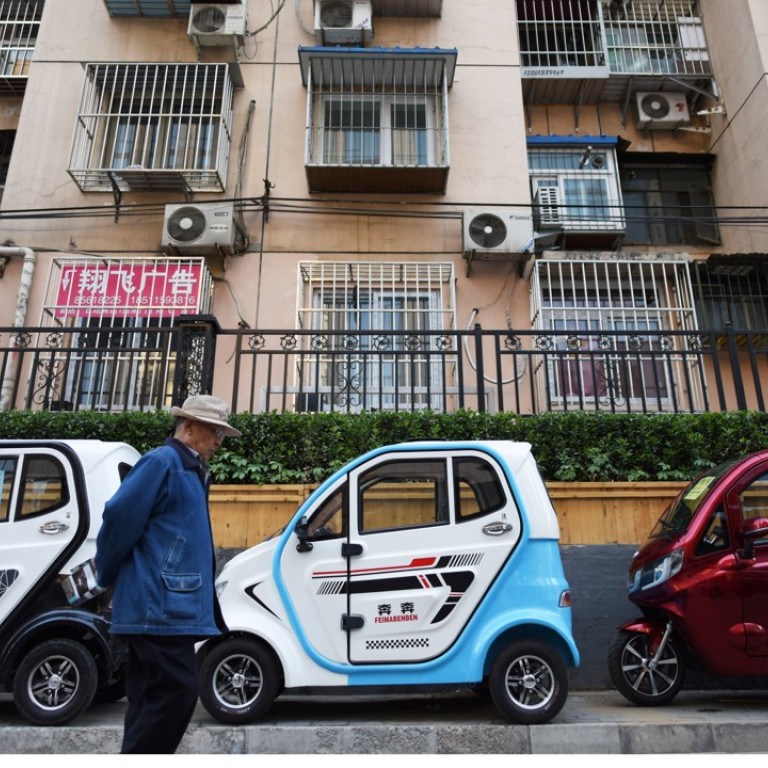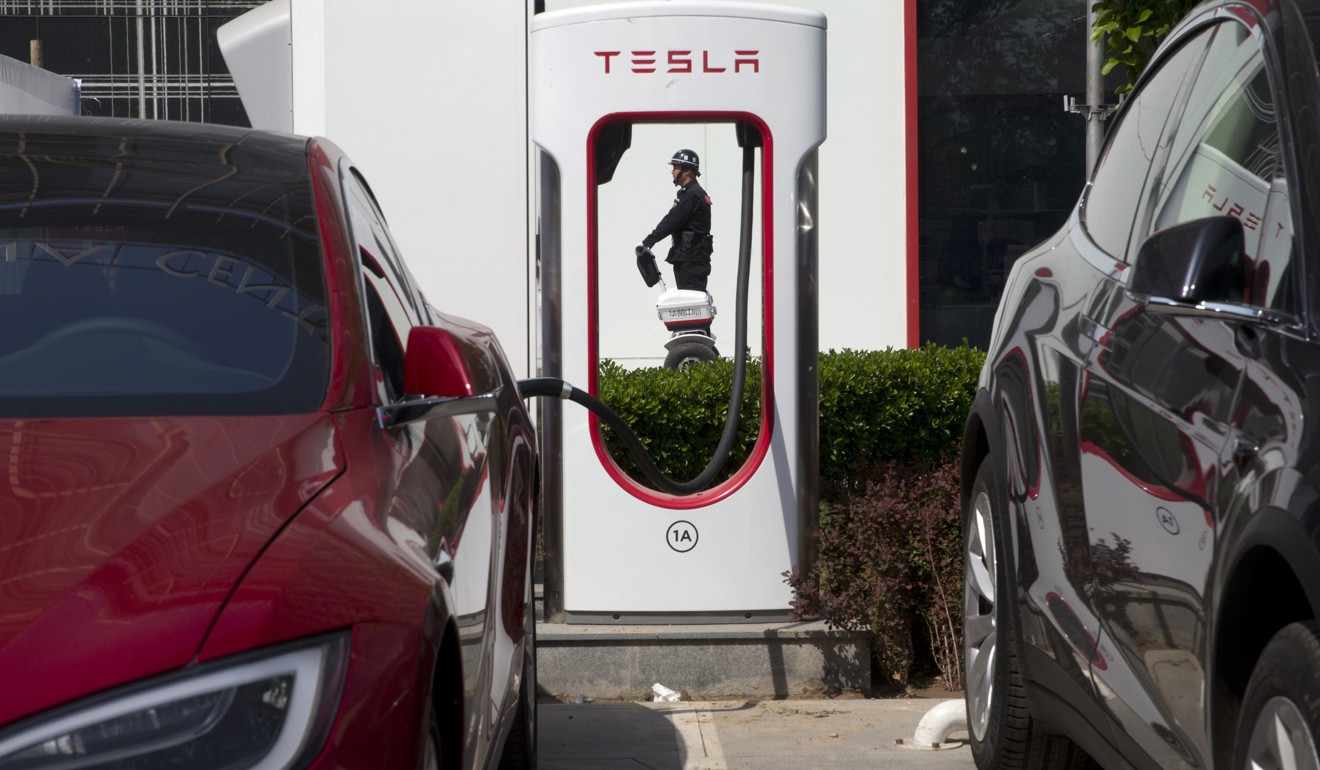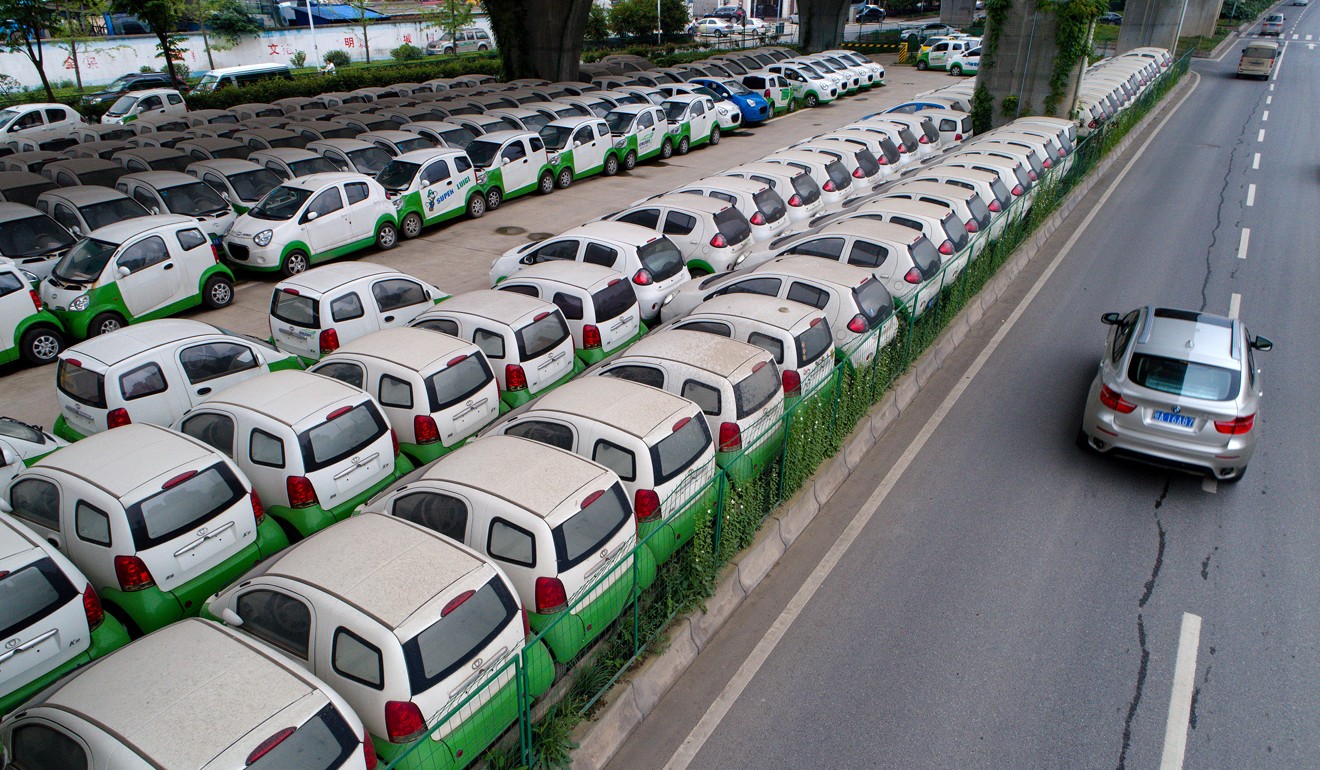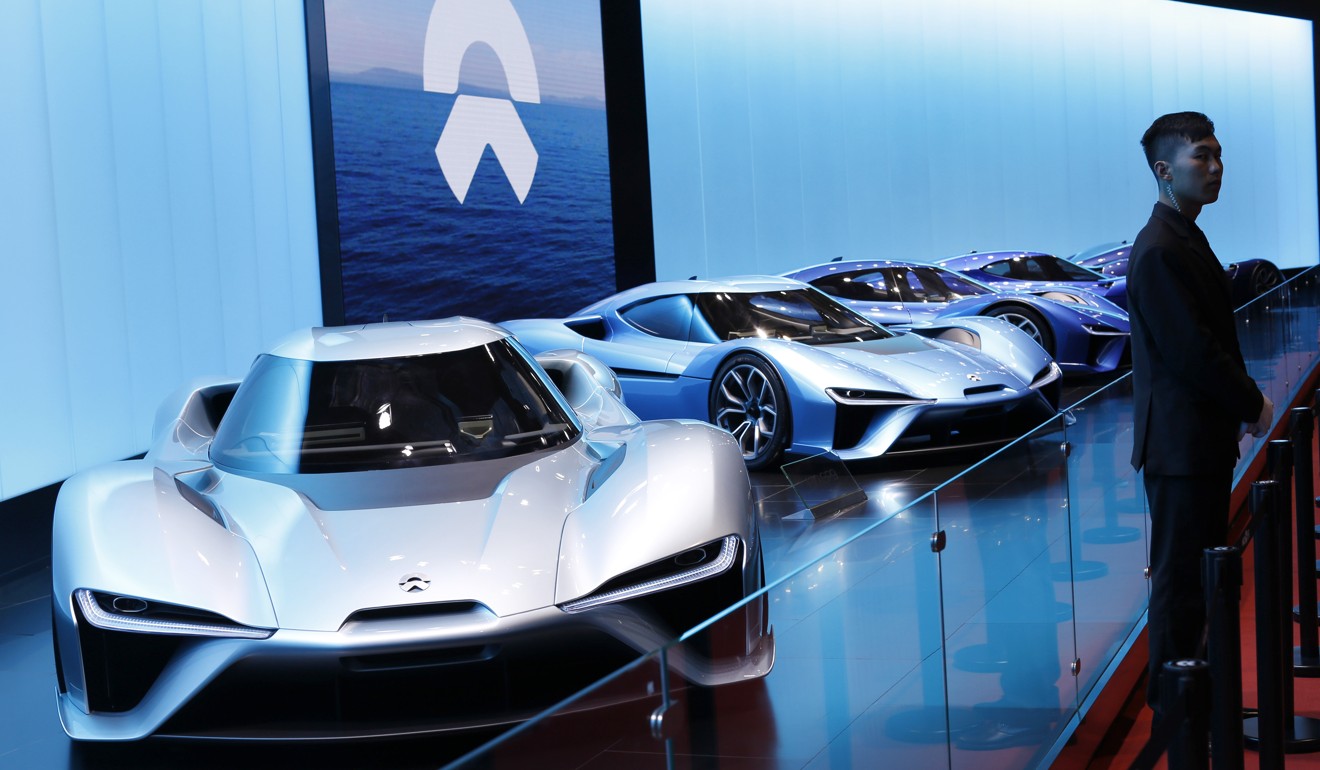
Beijing’s grand plan for electric cars: looks good, but under the bonnet ...
China’s electric vehicle industry seems to be well on the road to global dominance. Dig a little deeper and the figures are less impressive than they first appear
To true believers it is a demonstration of the economic superiority of central planning. In 2015, Beijing declared its plans to dominate the world’s electric car industry by the year 2025. And to benchmark progress it set targets: in 2016 Chinese car manufacturers would sell 500,000 electric vehicles into the domestic market.
Sure enough, last year, China sold half a million electric vehicles, making it by far the world’s biggest market. About 340,000 of those were passenger cars, the rest were mostly buses. In contrast, manufacturers in the world’s second largest market, the United States, shifted just 155,000 electric passenger cars.
What is more, China’s electric vehicles are manufactured overwhelmingly by locally owned producers, not foreign joint ventures, and they are based on Chinese technologies. Last year China’s leading electric vehicle maker, Shenzhen-based BYD, turned out 100,000 cars. The leader in the US, Tesla, managed to sell 76,000 into its home market.

Dig a little deeper, however, and the growth of China’s electric vehicle industry is rather less impressive than it first appears.
The rapid increase in electric car sales has been powered by generous government subsidies and incentives. Last year, China’s central government offered subsidies of 30,000 yuan (HK$35,000) to buyers of plug-in hybrid cars, and as much as 55,000 yuan to purchasers of pure electric cars. Some local governments offered additional subsidies of the same amount, to total 60 per cent of the vehicle’s sticker price.
How China’s ageing will narrow income gaps in West
Together, these reduced the price of electric vehicles so that they were competitive with conventional cars. However, in many cases, local governments offered additional incentives. In Shanghai, the buyers of conventionally powered cars can pay as much as 80,000 yuan at auction for a permanent licence plate. Licence plates for electric cars and plug-in hybrids are free.

Hong Kong has another go at gold trading: here’s why it’ll succeed
Beijing’s strategy has produced other distortions, too. The prevalence of subsidies has meant almost every one of China’s 169 domestic car makers, most of which are backed by local governments, has rolled out models of electric car. The majority are low-tech and poor quality, and struggle to make sales in the commercial market.
As a result, the biggest customers for these cars are often the local governments that support their manufacture. This shows up in China’s quarterly sales figures for electric vehicles. In 2016, more than 40 per cent of all electric vehicles sales for the year were booked in the final quarter as local governments ramped up their purchases to ensure they met Beijing’s annual targets.

In an attempt to tackle these distortions, Beijing has announced plans to reduce the central government subsidies for electric cars and to cap those offered by local governments. This year, the maximum central government subsidy for a pure electric car will be reduced from 55,000 to 44,000 yuan. And local government subsidies will be capped at half that.
China returns to micromanaging outbound investments
This, of course, will make electric cars a lot less attractive as far as buyers are concerned. So, to encourage the continued development of the industry, from next year Beijing is proposing to impose strict quotas for electric vehicle production on the country’s car manufacturers.
Under the new system, manufacturers that exceed their quotas will be awarded credits. Car makers that fall short of their quotas, which will include the big foreign backed joint ventures, will have to make up their deficits by buying credits from producers with an excess.

It sounds like a clever plan. But it is unlikely to ensure China’s technological dominance of the global electric car market, as Beijing desires. Instead it will simply perpetuate the extreme fragmentation of China’s electric vehicle sector. Legions of small, locally backed manufacturers will continue to knock out their low-tech electric clunkers to win credits that they can then sell to bigger producers such as the foreign joint ventures. And the big producers will continue to build and sell the highly profitable conventionally engined, gas-guzzling SUVs that Chinese buyers actually want.
Why Janet Yellen’s slimming plans matter to Asia
Just as Beijing’s grand plan for global auto dominance failed to displace Japanese and Korean car manufacturers in the early years of this century, so its grand plan to win dominance of the world’s electric car market will fail in the coming decade. But then that’s the miracle of central planning for you. ■
Tom Holland is a former SCMP staffer, who has been writing about Asian affairs for more than 20 years

